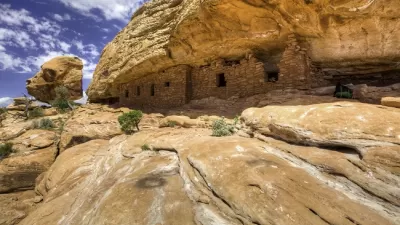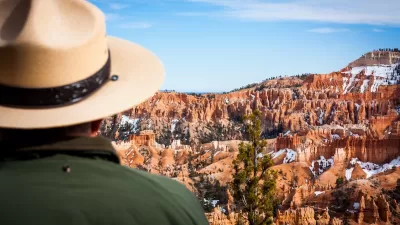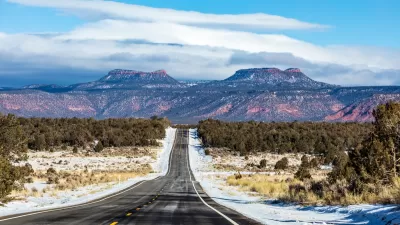S. 228—the National Monument Designation Transparency and Accountability Act of 2015—would limit the power of the president to designate national monuments.
"Sen. Mike Crapo of Idaho has introduced a bill, S. 228, to block presidents from establishing national monuments. In a news release, Crapo criticized 'top-down national monument designations' as potentially harmful to the local economy and public access," reports Judith Kohler before flipping the top-down argument on its head.
According to Kohler, "recent monument designations have been the result of years of work and lobbying by diverse community coalitions. In other words, the president was responding to grassroots campaigns, just as other chief executives from both political parties have since 1906."
Kohler cites examples in Montana, New Mexico, Colorado, and Idaho in describing the local and regional coalitions it takes to achieve National Monument designation. The overall argument of the article, references the larger threat to the conservation movement: "It is critical to preserve the Antiquities Act, which gave us Grand Canyon National Park, Muir Woods National Monument, the Statue of Liberty National Monument, Dinosaur National Monument…and many, many more."
FULL STORY: National monuments matter to Americans — Preserve the Antiquities Act

Planetizen Federal Action Tracker
A weekly monitor of how Trump’s orders and actions are impacting planners and planning in America.

Chicago’s Ghost Rails
Just beneath the surface of the modern city lie the remnants of its expansive early 20th-century streetcar system.

San Antonio and Austin are Fusing Into one Massive Megaregion
The region spanning the two central Texas cities is growing fast, posing challenges for local infrastructure and water supplies.

Since Zion's Shuttles Went Electric “The Smog is Gone”
Visitors to Zion National Park can enjoy the canyon via the nation’s first fully electric park shuttle system.

Trump Distributing DOT Safety Funds at 1/10 Rate of Biden
Funds for Safe Streets and other transportation safety and equity programs are being held up by administrative reviews and conflicts with the Trump administration’s priorities.

German Cities Subsidize Taxis for Women Amid Wave of Violence
Free or low-cost taxi rides can help women navigate cities more safely, but critics say the programs don't address the root causes of violence against women.
Urban Design for Planners 1: Software Tools
This six-course series explores essential urban design concepts using open source software and equips planners with the tools they need to participate fully in the urban design process.
Planning for Universal Design
Learn the tools for implementing Universal Design in planning regulations.
planning NEXT
Appalachian Highlands Housing Partners
Mpact (founded as Rail~Volution)
City of Camden Redevelopment Agency
City of Astoria
City of Portland
City of Laramie





























